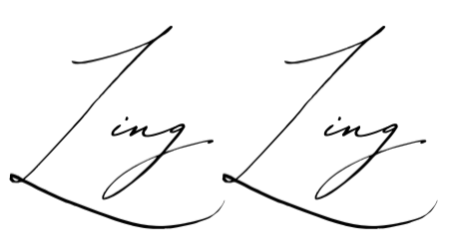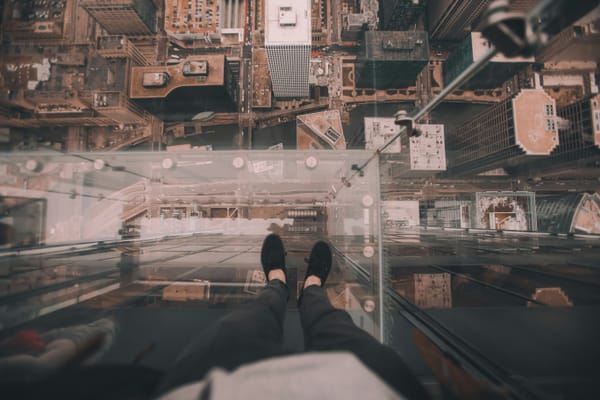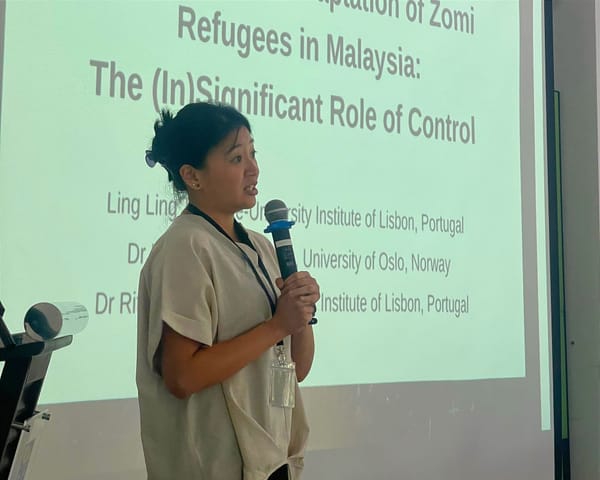Stereotype, Prejudice & Discrimination: Why It's Important To Know The Difference?
Knowing the difference between stereotype, prejudice and discrimination can help you determine the kind of support you can offer to those facing these issues.

The COVID-19 pandemic spread across the world in early 2020. The global quarantine and the new normal began. As stress rose, violence and discrimination against Asians and people of Asian descent increased in many places. Anti-Asian rhetoric appeared across social media and in the speeches of leaders and officials. This rhetoric encouraged and stewed hate, racism and xenophobia.
Asians were attacked and even murdered, some in broad daylight. Violence increased drastically overnight. So much so that President Joe Biden signed the COVID-19 Hate Crimes Act into law. Also, the United Nations Secretary-General, Antonio Guterres, appealed to national leaders...
the pandemic continues to unleash a tsunami of hate and xenophobia, scapegoating and scare-mongering... act now to strengthen the immunity of our societies against the virus of hate.
Anti-Asian hate crimes are one of the many ongoing injustices today. Stereotypes, prejudice and discrimination lie at the heart of all injustices. These three words are often used interchangeably in speeches, textbooks and the media.
These words may seem similar, but they have different meanings. Briefly,
- A stereotype is when a person holds a belief about another group.
- Prejudice is when someone holds an attitude and strong emotions towards another group.
- Discrimination is a person's behaviour towards another group based on their beliefs and attitudes.
You might wonder… why is it important to know the difference?
Let's dive deeper into this.
What are Stereotypes?
Stereotypes are beliefs people hold about the characteristics of a particular group. These beliefs come from shared anecdotes, where people pass judgment on a group based on these stories. However, these shared anecdotes are not supported by scientific evidence. Stereotypes are not helpful in understanding the individual or their cultural background.
The purpose of stereotypes is to judge others. A person with a strong stereotype will find it difficult to make exceptions. In their minds, these stereotyped individuals cannot deviate from rigid characteristics.
The stereotype that women make "terrible managers", leaders or athletes has remained the same in the past three decades. Even when there is evidence against them and that times have changed, these stereotypes remain strong in people’s minds.
When stereotypes become embedded in us, our minds, emotions, and behaviours become prejudiced. This prejudiced attitude becomes entrenched when interacting with the stereotyped group.
What are Prejudices?
In 1954, American psychologist Gordon Allport wrote The Nature of Prejudice. Allport defined prejudice as
antipathy based on a faulty and inflexible generalisation
Prejudice is a person's attitude, either positive or negative, towards a group and their members. Prejudice is a psychological process, an attitude and belief that resides in one's mind.
People learn and adopt prejudices from socialising and learning from others. If the group accepts discriminatory behaviour and holds faulty beliefs about others, biases will continue perpetuating in society. In India, it is acceptable to discriminate against people from a lower caste. India's caste system is a social system with debatable origins that has been practised for centuries.
People are more willing to express prejudice when the group expresses prejudice. People are more likely to accept discriminatory behaviour and expressions of hostility when the group agrees with these behaviours and expressions. In the long term, a group's prejudiced attitude and norm become the person's prejudiced attitude and norm. Thus, a person's tolerance towards prejudice also reflects their group's tolerance.
For example, researchers found misogynist men encourage sexist jokes against women. When a group makes and shows that sexist jokes are acceptable, people are more likely to express them, too.
What is Discrimination?
Deep prejudices are fertile ground for discrimination to flourish. Discrimination is prejudice in action. The purpose of discrimination is to maintain the dominance or social structure among different groups.
Discriminating behaviours can occur at a personal one-to-one level and a systemic level. At an individual level, the discriminated may face micro-aggression, bullying, isolation and many others.
At a systemic level, a society or organisation's systems, processes, and rules help maintain a group's dominance. Some examples of systemic discrimination are gender preferences in workplace promotion, racial quotas in universities, unequal access to healthcare and many others.
The close connection between stereotypes, prejudice and discrimination
Stereotypes, prejudice and discrimination are used interchangeably. Together, they address different aspects of an issue. In 2020, the Women in the Workplace Report found that the broken rung remains the most significant barrier to women's promotion in the workplace.
For every 100 men promoted to manager, only 85 women were promoted, and this gap was even larger for some women: Only 58 Black women and 71 Latinas were promoted.
The barriers to promoting women into leadership positions are multi-fold. The broken rung is the lack of promotion of women, from technical to managerial positions. The pervasive negative stereotype of women leaders perpetuates the broken rung.
With this stereotype, leaders responsible for promotion hold prejudices and judge women's performance harshly. And so, discrimination occurs when women are overlooked or dismissed in the promotion process.
What can I do?
Stereotypes, prejudice and discrimination are interrelated; one cannot exist without the other. Knowing the difference can help us find ways to reduce injustices.
If the issue concerns stereotypes, reducing stereotypes may involve filling knowledge gaps and increasing awareness. This can mean sharing information, attending a course, reading a book, or having conversations.
Reducing prejudice may include increased exposure and contact with the prejudiced group. Connection and conversations with the prejudiced group can provide a more holistic picture that eliminates rigid stereotypes and prejudices. Also, it helps people to see each other as individuals, very much like themselves.
If the issue concerns discrimination, reducing it may involve changing norms and rules, such as enforcing discrimination policies in the workplace or adjusting the human resources process to be more inclusive.
This article is not intended to be an exhaustive list of actions to reduce stereotypes, prejudice and discrimination. Yet, there are many you can do to start. I have a few suggestions.
Be Curious and Talk To People
Ask questions, follow your curiosity, and hold your judgements. Talk to people, a wide variety of people. Change happens one conversation at a time. Stay open to different perspectives, and be brave to share your point of view.
Conversations with curiosity will help you gain a deeper understanding of a situation in its true nature. Conversations draw in others to journey along this path of discovery and help them open their hearts and minds to differences.
Be an Active Bystander
When you witness acts of discrimination, hear stereotyped conversations, or sense a prejudiced environment, do something—anything—but don't stay silent. Remove victims of discrimination from danger. Point out the negative consequences of perpetuating stereotypes. Speak to relevant authorities about prejudices in the system. Be an active bystander.
Get Educated
You cannot know everything about stereotypes, prejudice, and discrimination. People of diverse backgrounds hold different perspectives, perceptions, and experiences of injustice.
Learn more from others. Read books and the news. Attend webinars and courses. Join justice groups. The more you know, the more ideas and options you have in reducing stereotypes, prejudice and discrimination in your community.
End Anti-Asian Hate
The wave of hatred against Asians has not abated. The effort to fight injustice, not only Anti-Asian hate but all kinds of injustice, is a long and arduous path.
Reading this article until the end is one of many steps. We can all do our part to uphold justice for all. As Rumi, the famous Persian poet, once said,
What is justice? Giving water to trees. What is injustice? To give water to thorns. Justice consists of bestowing bounty in its proper place, not every root that will absorb water.
This post is updated from the originally published post on Culture Spark Global on 16 September 2021 and written by the same author, Ling Ling Tai.





